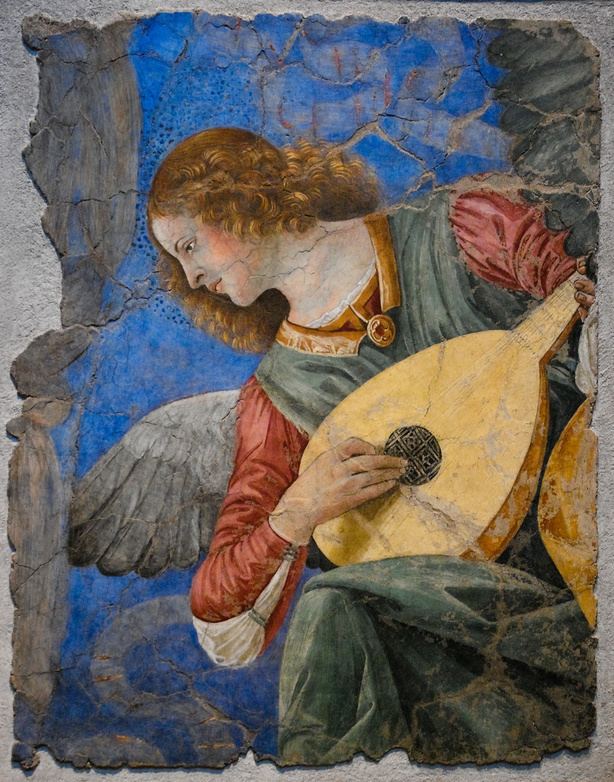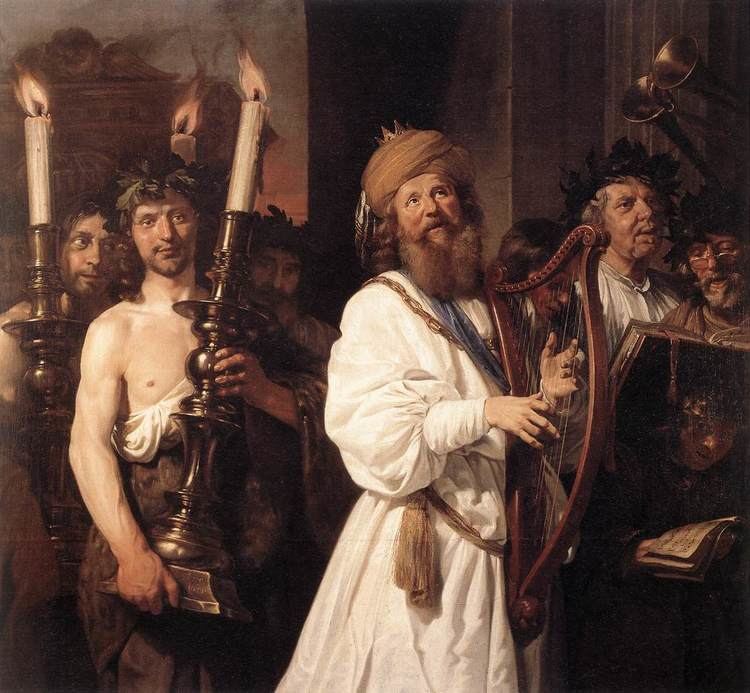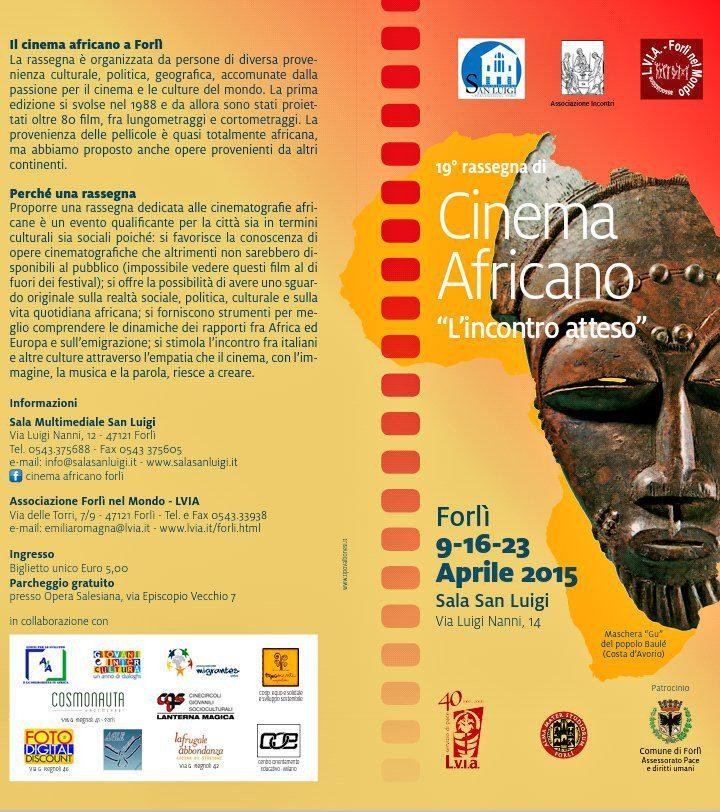Country Italy Population 117,859 (2010) Province Province of Forli-Cesena Area 228 km2 | Region Emilia-Romagna Mayor Davide Drei (PD) | |
Points of interest Abbey of San Mercuriale - Forli, Piazza Saffi, Pinacoteca Civica di Forli | ||
Forli (Romagnol dialect: Furle; Latin: Forum Livii) is a comune and city in Emilia-Romagna, Italy, and is the capital of the province of Forli-Cesena. It is the central city of Romagna.
Contents
- Map of Forli
- Assassins creed 2 glyph locations romagnaforli
- History
- Economy
- Main sights
- In popular culture
- References
Map of Forli
The city is situated along the Via Emilia, to the right of the Montone river, and is an important agricultural centre. The city hosts many of Italys culturally and artistically significant landmarks; it is also notable as the birthplace of painter Melozzo da Forli, humanist historian Flavio Biondo, physicians Geronimo Mercuriali and Giovanni Battista Morgagni. The University Campus of Forli (part of the University of Bologna) is specialized in Economics, Engineering, Political Sciences as well as the Advanced school of Modern Languages for Interpreters and Translators (SSLMIT).
Assassins creed 2 glyph locations romagnaforli
History

The surroundings of Forli have been inhabited since the Paleolithic: a site, Ca Belvedere of Monte Poggiolo, has revealed thousands of chipped flints in strata dated 800,000 years before present, which indicates a flint-knapping industry producing sharp-edged tools in a pre-Acheulean phase of the Paleolithic.

The founding of Forli occurred after the Romans conquest of the remaining Gallic villages, at the time when the Via Aemilia was built. The time this occurred is still debated with no definite evidence, some historians arguing that the first settlement of the ancient Roman Forum was built approximately in 188 BC by consul Gaius Livius Salinator (who confronted Hasdrubal Barca and vanquished him at the banks of the Metaurus River in 207 BC), while others even argue it may have been founded later, in the time of Julius Caesar. In 88 BC, the city was destroyed during the civil wars of Gaius Marius and Sulla, but later rebuilt by the praetor Livius Clodius.
Economy
Forli is a prosperous agricultural and industrial centre, with manufacture primarily focused on silk, rayon, clothing, machinery, metals, and household appliances.
Main sights
Forli is the location of various buildings of architectural, artistic and historical significance, that include frescoes as part of their decorations. At the heart of the city sits the Piazza Aurelio Saffi, which includes a statue of Italian politician Aurelio Saffi – who was an important figure in the radical republican current within the Risorgimento movement, headed by Giuseppe Mazzini in the 19th century. The Piazza Saffi also includes the Abbey of San Mercuriale (named after Saint Mercurialis, a bishop of the city who died in the 5th century), which is the main religious building in the city; and contains the famed Sepulchre of Barbara Manfredi. Also of note is the Dominican Church of San Giacomo Apostolo; better known as the Church of San Domenico – a late medieval church built in the 13th century in the southern part of the town.
Other medieval buildings include the Rocca di Ravaldino, a fortress enlarged in the 14th century by the Ordelaffi and Gil de Albornoz, and later in the 15th century.
The city hosts the Palazzo Hercolani, with decorations dating from the 19th century; containing the artwork La Beata Vergine del Fuoco con i Santi Mercuriale, Pellegrino, Marcolino e Valeriano by Italian painter Pompeo Randi. The Palazzo del Podesta is a civic building which was frescoed by Adolfo de Carolis in the 20th century.
Forli has parks located in green areas, including the Parco della Resistenza ("Resistance Park") city park, and the Parco di Via Dragoni – which provides performance facilities alongside standard amenities. The Teatro Diego Fabbri is a theatre opened in September 2000.
In popular culture

The city is featured in the 2009 video game Assassins Creed II. A fifteenth century Forli is shown with prominent landmarks. The game also includes appearances by notable real-life historical figures - such as the Countess of Forli, Caterina Sforza.
